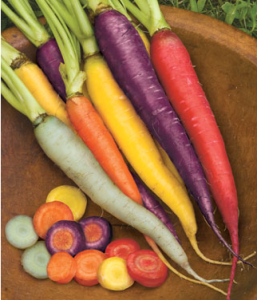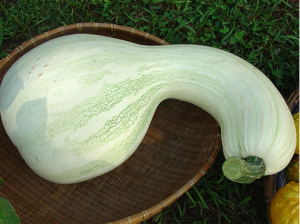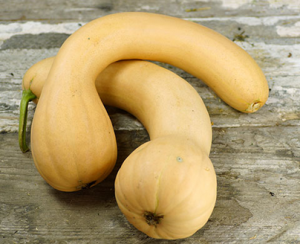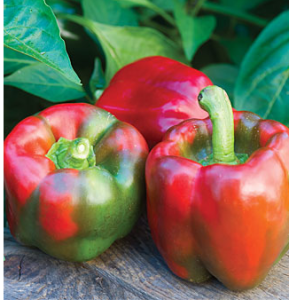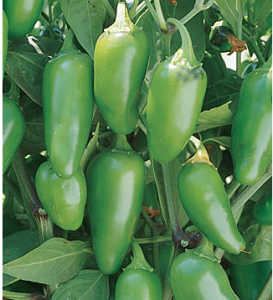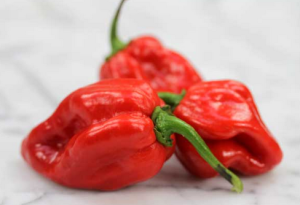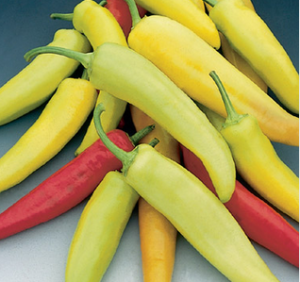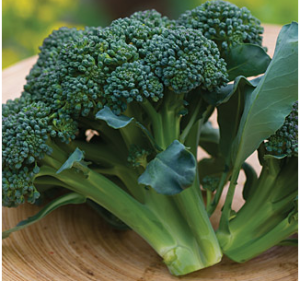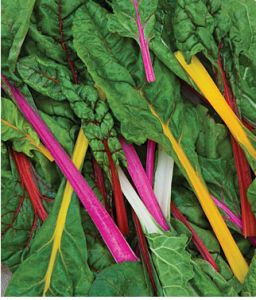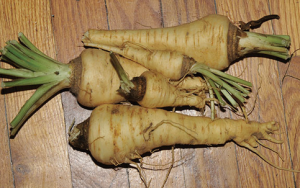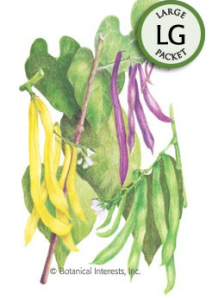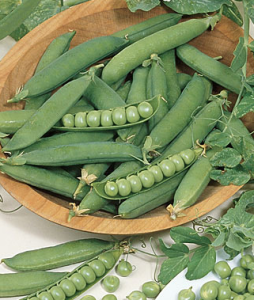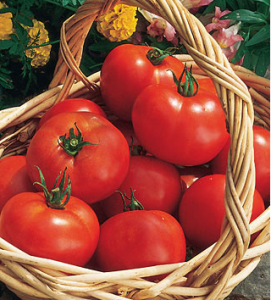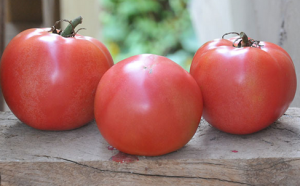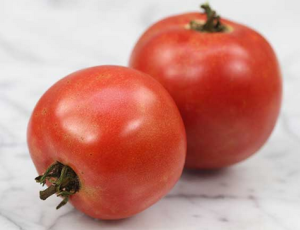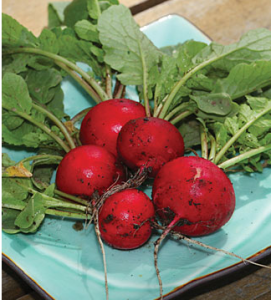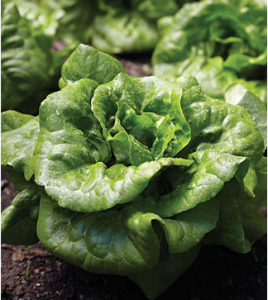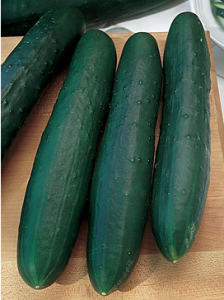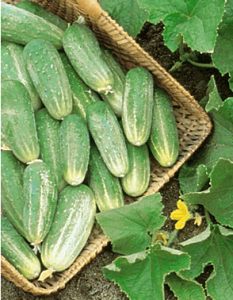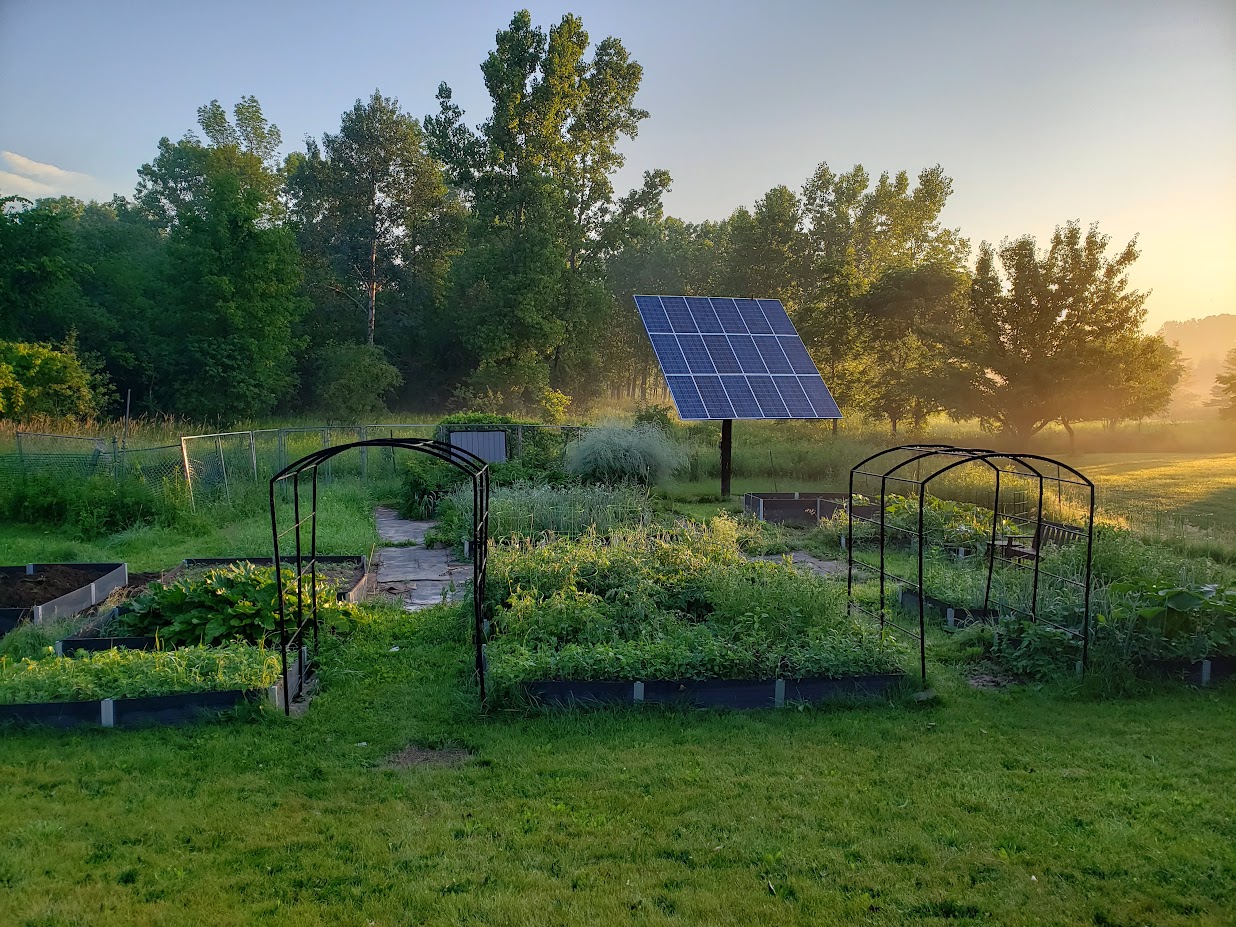This is my 2015 garden! Or at least I hope it will be. I have 6 beds to work with, they’re not big raised beds with defined sides, but I find it easier to build up the soil in my garden into separate beds and then mulch in between them. The above picture shows the layout I have planned for most of the summer, though hopefully I’ll have some additional vegetables to grow in spring and fall. I’m also hoping to grow herbs and some extra tomatoes in containers as well.
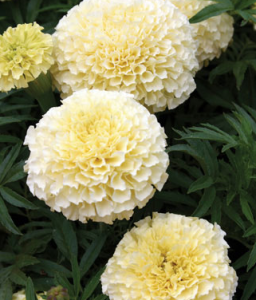
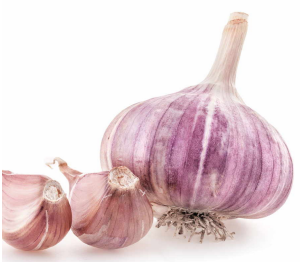
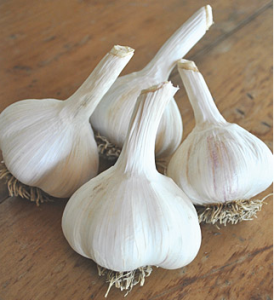
First we’ve got the border. I planted two types of garlic last October, Chesnok Red and German Porcelain. These are both hard-neck because I’m hoping to get scapes this year. Also, I planted in fall since I’m hoping they’ll actually develop heads this year. The first year I got very small heads of garlic and last year the garlic got taken over by the celery and peppers. The garlic will also be sharing the border with marigolds, scallions and ginger. The scallions and ginger I planted last year and the garlic should be ready to pull about the time the marigolds start to get big.
I’m planting the ‘French Vanilla’ variety of marigolds this year because P. really likes them. They will also fit well with the other flowers I have planned.
Inside “The Fortress” I have a number of different beds. The front left bed has three types of strawberries I planted last year. There are early, late and ever-bearing varieties. Last year they did pretty well, I didn’t get enough to make jam from them, but I did get plenty to eat fresh. I also learned at the end of the season that they’re very good at making lots of new strawberry plants, which are currently trying to colonize the two beds above them.
The bed on the upper left will be the squash bed. After squash vine borers obliterating my squash the last couple years, this year I’m going with only two types of winter squash and no summer squash. Both the White Cushaw and Pennsylvania Dutch Crookneck are supposed to be very resistant to vine borers and are also supposed to be good dense squash for roasting and making pies. I’m also planning to grow a mix of colorful carrots (“Kaleidoscope”) around the edge of the squash bed. I think they’ll finish before the squash gets big enough to take them over.
Next door is the pepper bed. We’re growing four types of peppers again this year since last year we actually did really well with out peppers. The secret to the peppers seems to be making sure they have a reasonable amount of fertilizer and water and making absolutely sure they get plenty of light. Giving them most of a bed last year seemed to do the job. This year, we’re going to see if we can take that a step further and grow even more. We got plenty of bell peppers (“Block Party”) and jalapenos (“Hot M”), but not as many wax peppers (“Hungarian”) and habaneros (“Caribbean”). The habaneros still gave us enough for our needs (a little goes a long way!) but wax peppers are very tasty and more slow growing, so we’ll be doing more of those this year.
I’m also going to grow some “Tokyo Cross” turnips in this bed in early spring before the peppers get going. They’re only supposed to take about a month to grow, so I’m hoping I can get a bunch of nice turnips before the peppers are ready to head outside.
Moving further right I have the favorite victims of the slugs and cabbage moths. Last year the experiment of direct seeding broccoli was a failure, made worse when the survivors got taken over by the tomatillos. So this year, the “Sun King” broccoli is getting a second chance, mixed with “Packman” to spread out the harvest. They will also spend their entire lives outdoors covered by a summer weight inset barrier so I’m hoping to get lots of tasty broccoli without having to spend 10 minutes evicting caterpillars before eating them. In front of the broccoli we’re going to try chard (“Neon Lights”). The spinach never got going last year, and I’ve read it can be kind of finicky so we’re going to see if chard does better. P. has banned kale, so hopefully chard will be a good spinach substitute.
The bed on the far right will have the most seasonal changes. In spring, it will be half full of peas (“Little Marvel” and “Burpeeana Early”). Last year we got about a cup and a half of peas, but they tasted wonderful. So! This year the peas get a lot more space. Frozen peas may be cheap, but fresh peas are worth growing because they taste so wonderful. Then in summer it will be half full of bush beans. I have a mix of “Blue Lake”, “Cherokee Wax” and “Purple Queen” that are still good. I’m going to aim for planting the purple and yellow beans because I love the flavor of yellow beans and purple beans are easier to find and harvest than green beans. Then in fall this half of the bed will be a mix of peas, parsnips (“Half Long Gurnsey”) and some more turnips. “Half Long Gurnsey” are supposed to be short stout parsnips, which I think will give them better odds in our clay soil.
Behind the seasonal bed will be the main row of tomatoes. Last year only the San Marzano tomatoes produced much at all, and then most of those were ruined by a disease that destroyed the actual fruit. So this year’s plan is to grow “thug” tomatoes that can withstand our crazy weather, bugs and diseases. So I will be growing “Early Girl”, “Ozark Pink” and “Arkansas Traveler”. I will also be giving them each at least two feet of space and I’m going to use the heavy duty XL tomato cages from Burpee. The cheap tomato cages I used the first year were a disaster (they bent under the weight of the plants) and while the Florida Weave method worked for my poor tiny sad plants this year, it was messy and didn’t contain them very much even if they were upright. Therefore I’ve invested in some nice giant heavy duty tomato cages. Hopefully this way they will be under control but won’t need a lot of pruning.
I’m planning to use these mostly for eating fresh. I might freeze a few, or if we’re incredibly successful, do some canning. But I’m planning to get most of my canning tomatoes from Butler’s Orchard (they’re a local pick your own farm).
The last bed is the salad bed. There will be small, fast growing radishes, probably “Scarlet Globe” and “French Breakfast”. Next to them will be more carrots, probably “Danvers Half Long” and lots of lettuce. The lettuce will be all types. “Ice Queen” for P. because he loves iceberg heading lettuce and “Buttercrunch” for me because it’s my favorite for summer BLTs. We’re also going to have lots of leaf lettuce like “Baby Oakleaf”, “Flashy Oakleaf”, “Gem” and “Tango”. I want these to grow quickly and provide enough greens for making a salad to go with dinner more often than not. The last section will be cucumbers on a trellis. Last year they died an untimely death from something that had to do with the cucumber beetles I think. Still, I got lots of great pickles from “Boston Pickling” and even though “Marketmore 76” didn’t do well for me last year I want to give it a second try. Since I love cucumber sandwiches, pickles and fresh salads I’m growing two of each. I will also start new seedlings in July in case of more untimely demises of cucumber plants.

